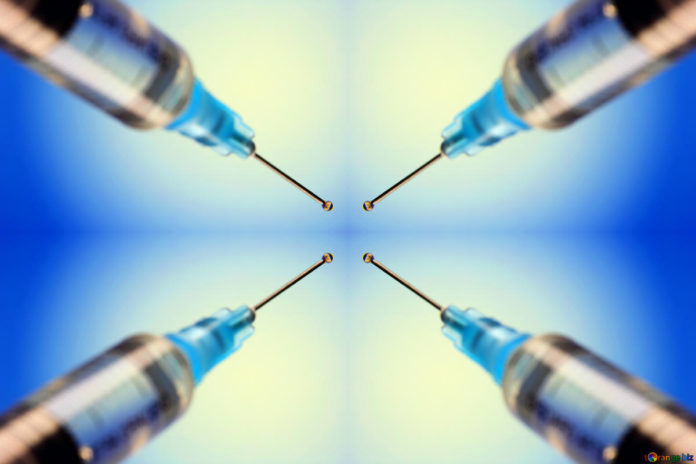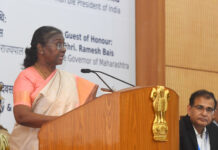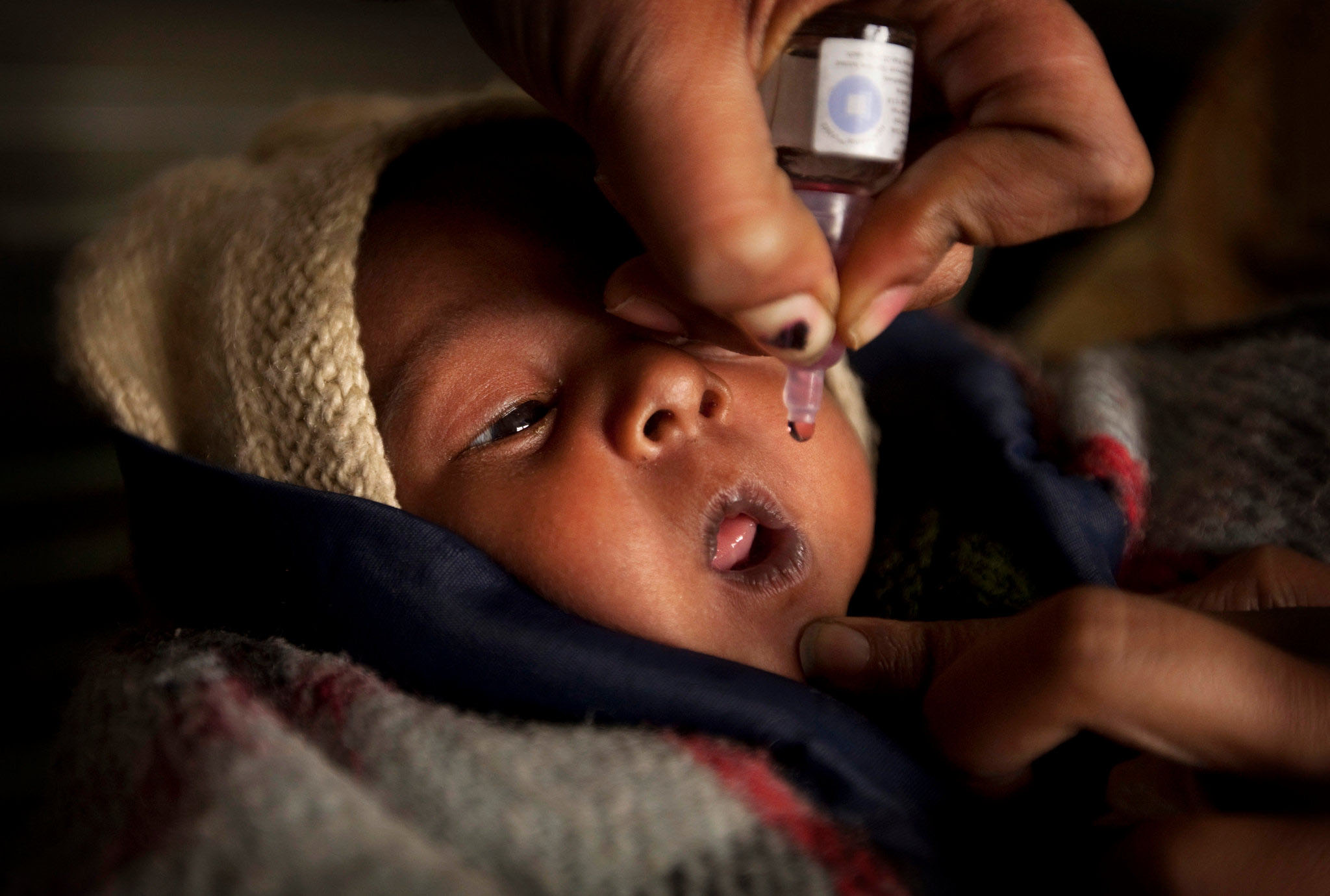
Prior to the launch of the programme in 2014 immunisation cover rose by 1% per year
Prime minister Narendra Modi’s Mission Indradhanush programme has catapulted the annual rate of increase in immunisation cover from a measly 1% to 4%.
Earlier this month the government of India told Partners’ Forum – a global meet to ensure mother and child health, held in Delhi that currently 83% of Indian children are fully immunised. In 2014 when Mission Indradhanush – a campaign mode programme to target the gaps in routine immunisation – was launched the coverage according to internal ministry figures was 67%. The official immunisation cover data is still the 62% quoted in the National Family Health Survey 4. The ministry of health has already commissioned a survey by UNICEF to assess the coverage through an external agency.
“The programme ran between April 2015 and July 2017, vaccinating around 25.5 million children and 6.9 million pregnant women. This contributed to an increase of 6.7% in full immunisation coverage”
In an article in a special issue of The BMJ, released on the occasion of Partners’ Forum, joint secretary in the ministry of health, Vandana Gurnani wrote: “Owing to low childhood vaccination coverage, India’s Ministry of Health and Family Welfare launched Mission Indradhanush (MI) in 2014, to target underserved, vulnerable, resistant, and inaccessible populations. The programme ran between April 2015 and July 2017, vaccinating around 25.5 million children and 6.9 million pregnant women. This contributed to an increase of 6.7% in full immunisation coverage (7.9% in rural areas and 3.1% in urban areas) after the first two phases. In October 2017, the prime minister of India launched Intensified Mission Indradhanush (IMI)—an ambitious plan to accelerate progress. It aimed to reach 90% full immunisation coverage in districts and urban areas with persistently low levels.”
In 2014 when it started, Mission Indradhanush kicked off in 201 districts with low immunisation coverage. The word Indradhanush was chosen to represent the seven vaccines that were then included in the Universal Immunisation Programme against these seven diseases — tuberculosis, poliomyelitis, hepatitis B, diphtheria, pertussis, tetanus and measles. The number has since risen to 12 with the inclusion of vaccines against measles rubella, rotavirus, Haemophilus influenzae type B, pneumococcus and polio. In some districts, vaccines are also provided against Japanese Encephalitis.













